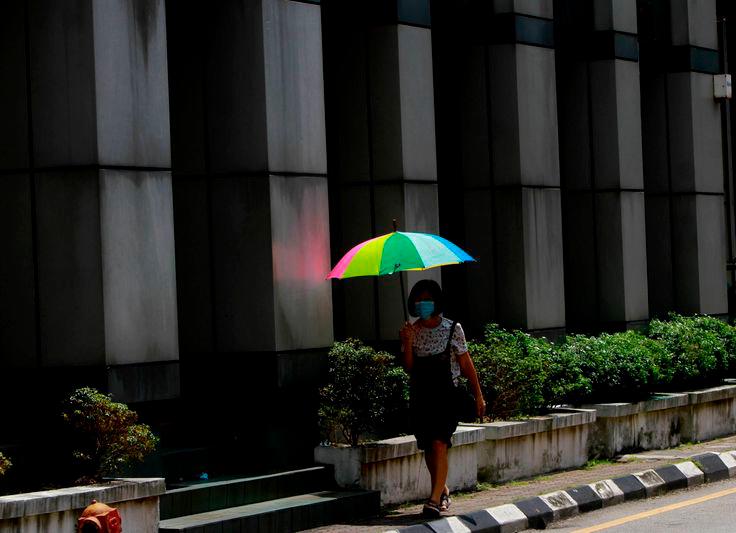JAKARTA: About 63.66% of Indonesia’s regions will experience the dry season from May to August this year, according to the country’s Meteorology, Climatology and Geophysics Agency (BMKG).
“As May begins, some areas will shift into the early dry season while others stay in transition. This means early May will probably bring hot temperatures and clear skies during the daytime,” stated BMKG meteorology deputy, Guswanto, in a statement.
He said the recent heatwaves in parts of Asia aren’t linked to Indonesia’s hot temperatures, explaining that the country’s heat is cyclical due to the sun’s movement and clear daytime weather.
A heatwave, defined by the World Meteorological Organisation, is a period of hot weather lasting five days or more, with daily maximum temperatures surpassing the average by 5°C or more.
These typically happen in mid-to-high latitude areas, such as Europe, America and parts of Asia.
“Meteorologically, this occurs when hot air gets trapped near the surface because of unusual atmospheric dynamics, causing limited airflow, especially in prolonged broad-scale high-pressure systems.
“Such weather conditions are unlikely in Indonesia, which is located near the equator,” Guswanto added.
Based on BMKG data, temperatures exceeding 36°C have been recorded in various regions of Indonesia, including Deli Serdang (North Sumatra) at 37.1°C, Medan (North Sumatra) at 36.6°C and Kapuas Hulu (West Kalimantan) at 36.6°C.
Despite some areas experiencing hot weather, Guswanto pointed out that there is still a possibility of moderate to heavy rain in parts of Indonesia.
In late April 2024, there was heavy rainfall in several regions where Kerinci (Jambi) received 83.8 millimetres per day (mm/day), Manado (North Sulawesi) had 80 mm/day, Aceh Besar (Aceh) saw 130 mm/day, Minangkabau (West Sumatra) had 84 mm/day, and Indragiri (Riau) experienced 92 mm/day.









